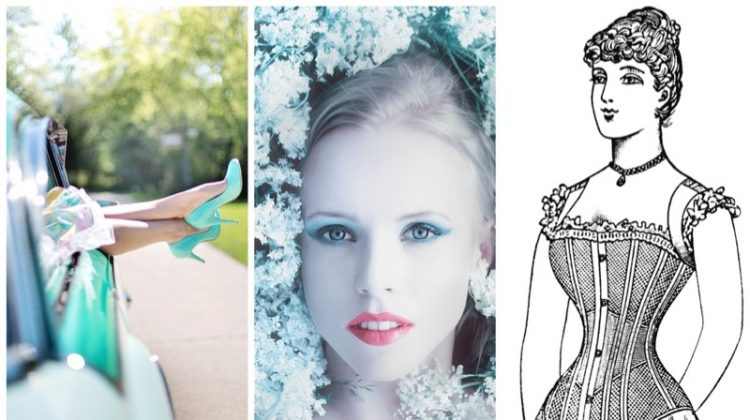
Fur was long a sign of luxury and status. But as we move into the 21st century, it has become more of a faux pas to wear. With luxury fashion houses such as Gucci recently announcing the decision to go fur free, using animal skin is quickly becoming antiquated. Other fashion brands such as Armani, Hugo Boss and Ralph Lauren have also gone fur free in recent years.
Gucci’s announcement made in October 2017 caused major headlines around the globe. “Gucci going fur free is a huge game changer. For this powerhouse to end the use of fur because of the cruelty involved will have a huge ripple effect throughout the world of fashion. A staggering 100 million animals a year still suffer for the fur industry, but that can only be sustained for as long as designers continue to use fur and consumers purchase it,” says Kitty Block, president of Humane Society International.

Why Fur is No Longer Chic
Fur is losing popularity amongst luxury brands and there are multiple factors to explain why. Animal rights activists groups such as PETA and Respect for Animals have pushed for brands to stop using fur for years now. “Technology is now available that means you don’t need to use fur,” Gucci CEO Marco Bizzarri told Vogue. “The alternatives are luxurious. There is just no need.”
Let’s look into the specifics of Gucci’s recent announcement. The brand will be fur free by the spring 2018 season. For the past ten years, the company has invested into synthetic leathers as well as more sustainable resources. Likewise, Gucci will auction off its remaining animal fur items with proceeds going to animal rights organizations.
Another reason for more fashion brands moving away from fur can be linked to consumers themselves. If you go to a Facebook or Twitter page for brand which uses fur or tests cosmetic products on animals, you will often see consumers writing comments expressing their disappointment. Additionally, a focus on the environment is more important for the millennial consumer. And the group is said to count for more than half of Gucci’s customers.

What’s the Big Deal About Fur?
Although many fashion houses still produce leather goods, there are several reasons why fur is seen as a particularly cruel practice. An article from the Sydney Morning Herald points out that 85% of fur produced worldwide is through factory farming. “Then there’s the killing. Methods vary from gassing (most common in the EU) and lethal injection, to neck-breaking, and anal and oral electrocution (which induces a heart attack while the animal is conscious),” the Herald’s Clare Press writes.
Still more staunch animal rights activists and concerned consumers have more criticisms than not over fashion’s move to fur free styles. The use of shearling, leather and wool are still points of major contention for some. Nevertheless, the industry is clearly taking more clear steps to being more sustainable and animal conscious.
Stella McCartney, who has been fur and leather free since her brand’s inception has this to say about the future of fashion. “I’m hoping what will happen is in 10 years, people will look back at the fact that we killed billions of animals and cut down millions of acres of rain forest, and [used] water in the most inefficient way—we can’t sustain this way of living,” she tells Vogue UK. “So I’m hoping people will look back and say, ‘Really? That’s what they did to make a pair of shoes, seriously?’ If you’re lucky enough to have a business on this planet, you have to approach it in this [sustainable] way.”
And indeed some of fashion’s most coolest and buzziest brands have taken on sustainable approaches. Look at companies such as Reformation, AwaveAwake, Maiyet and Dolores Haze that use sustainable materials. Their conscious approach has gained them a dedicated consumer base.

After the Fur Ban, What’s Next?
As more leading fashion brands begin to shun fur, the landscape of the industry will continue to evolve. “Do you think using furs today is still modern? I don’t think it’s still modern and that’s the reason why we decided not to do that. It’s a little bit out-dated,” states Gucci CEO Marco Bizzarri to Business of Fashion. “Creativity can jump in many different directions instead of using furs.”
Although brands are increasingly taking a stance against materials such as fur and leather, there is still the importance of design. Consumers will not just buy on a message, it is about style says Stella McCartney. “I think fashion has to remain fun and luxurious and desirable, and you can live a dream through what we are creating, but you can [also] have a sense of security that you’re consuming in a more conscious way…Now is the time for change, now is the time to look at what can be done and how technology can save us.”





